Tips to Lower Energy Bills This Summer
The arrival of spring signals new beginnings and warm weather — and that summer is just around the corner. It's also a time of increased energy usage, putting the grid and your cooling systems to the ultimate test. Because of this uptick in energy expenditure, utility bills tend to see an increase as well.
This can strain your finances, especially in a season when many try to vacation or take advantage of outdoor activities. That said, there are some great ways to cut your power bill while still staying cool for the summer.
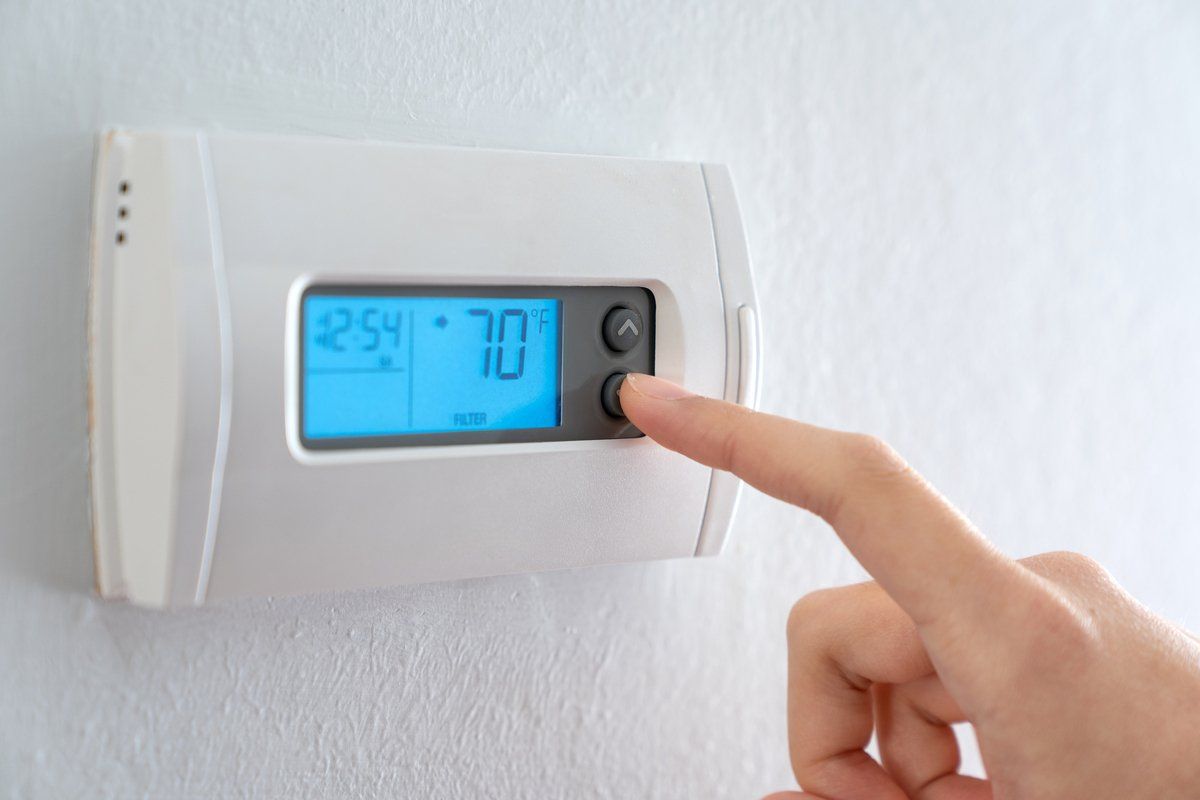
What Are the Best Ways to Lower Your Electric Bill in the Summer?
1. Adjust your thermostat.
On those intensely hot summer days, it's tempting to continuously press the down arrow on your thermostat until the number is significantly lower than the temperature outside. But later in the month, you might be left thinking, "My electric bill is out of control!" Instead, lower the thermostat to a few degrees below the outside temperature. If it's 85 degrees outside, setting your system to 79 will still feel way cooler; it's one of many simple ways to reduce your AC bill.
2. Service your AC Unit.
Air conditioners can diminish over time. Whether a new part is needed or an air filter cleaning is in order, having your AC serviced is a surefire way to cut your power bill. By ensuring that each mechanism in your unit is in working order, you're allowing for efficient energy flow, rather than making the system work on overdrive using outdated, clogged, or broken parts.
3. Invest in drapes or window treatments.
Natural light is a welcome perk year-round, but if that light is unfiltered during the summer months, a home's AC unit is going to work twice as hard to cool a space. Even using sheer drapes can help reduce the intensity of the sun, and is one of the best ways to lower an electric bill in the summer. By keeping some of the bright light out, the room will be naturally cooler than it would otherwise.
4. Unplug devices when they're not in use.
Reducing energy usage in other parts of the home is another of the many ways to cut your power bill. If a device is plugged into the wall, even if it's not being used, there's "standby" energy still running through the circuit, waiting to go full-throttle whenever the "on" button is pushed. That standby energy adds up on a power bill. Removing a plug from a power outlet while a device or appliance isn't in use will ensure that no unnecessary energy expenses end up on next month's bill.
5. Close your doors.
One benefit of a modern cooling system is being able to control the air differently in each room. If you're taking a nap in a bedroom, there's no need to share the air with other empty rooms. By closing the door to the bedroom, you're trapping the cool air instead, which will allow the space to cool down more quickly. This decreases the need for the thermostat to run and reduces the power bill. If you don't do this, your AC unit is working twice as hard to cool a larger space. Either by turning the thermostat off in rooms you don't frequent as often or putting those rooms on a slightly higher temperature with the door closed, you'll cool down the space without running up any unnecessary costs.
As spring approaches and summer follows close behind it, it's smart to be thinking about the best ways to manage your AC bill and conserve energy. If you think it might be time to service your AC unit, give us a call today. The Gainesville Mechanical team is ready to help set you up for a great, energy-efficient summer.
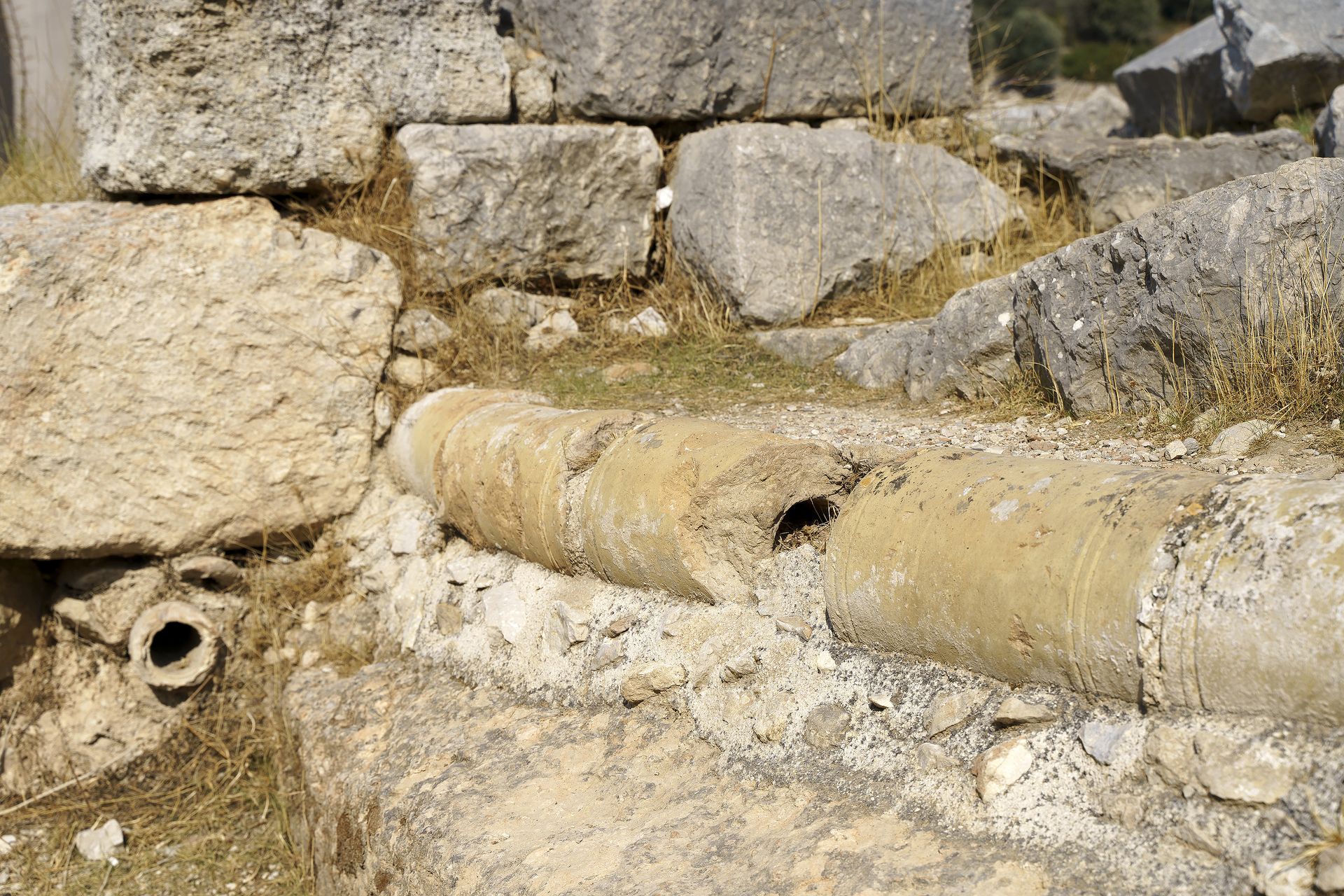
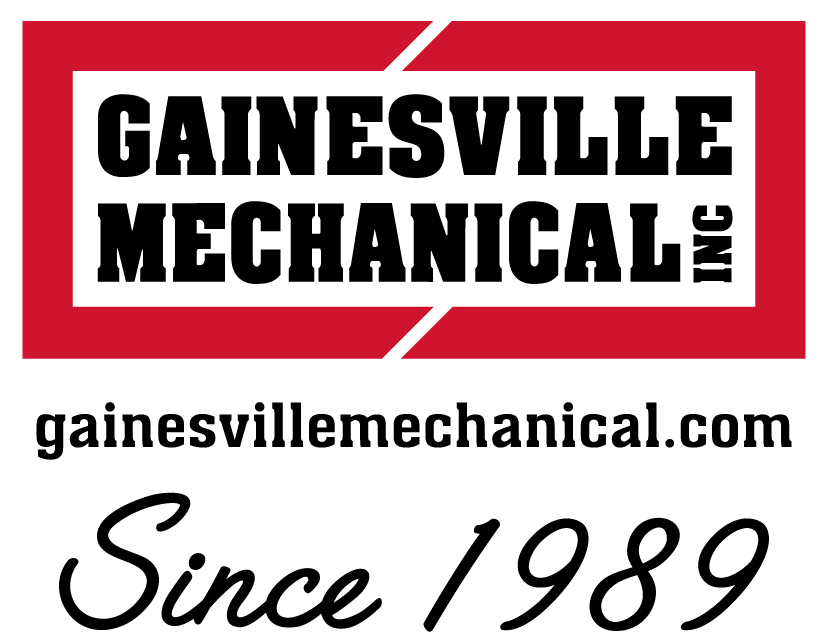
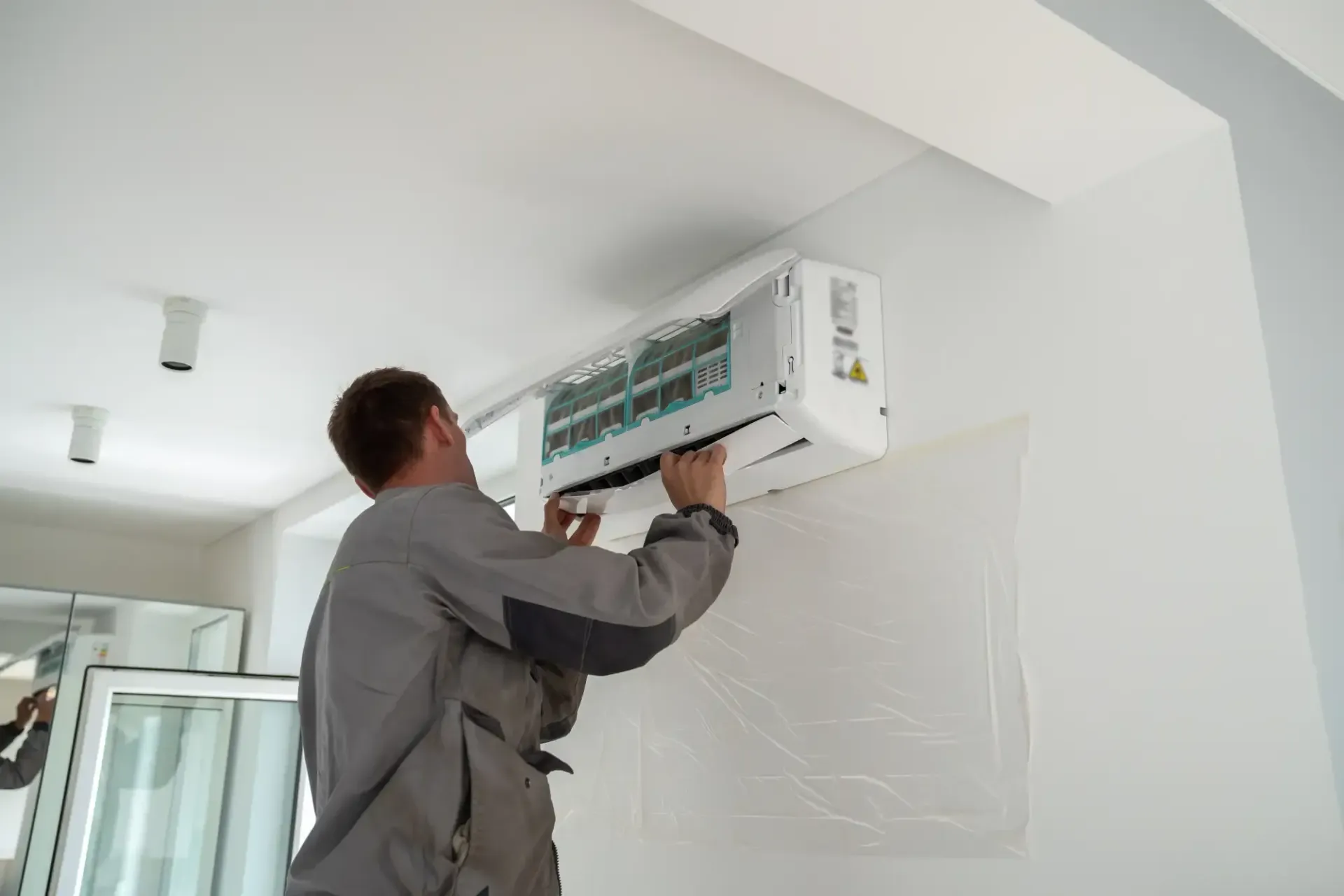
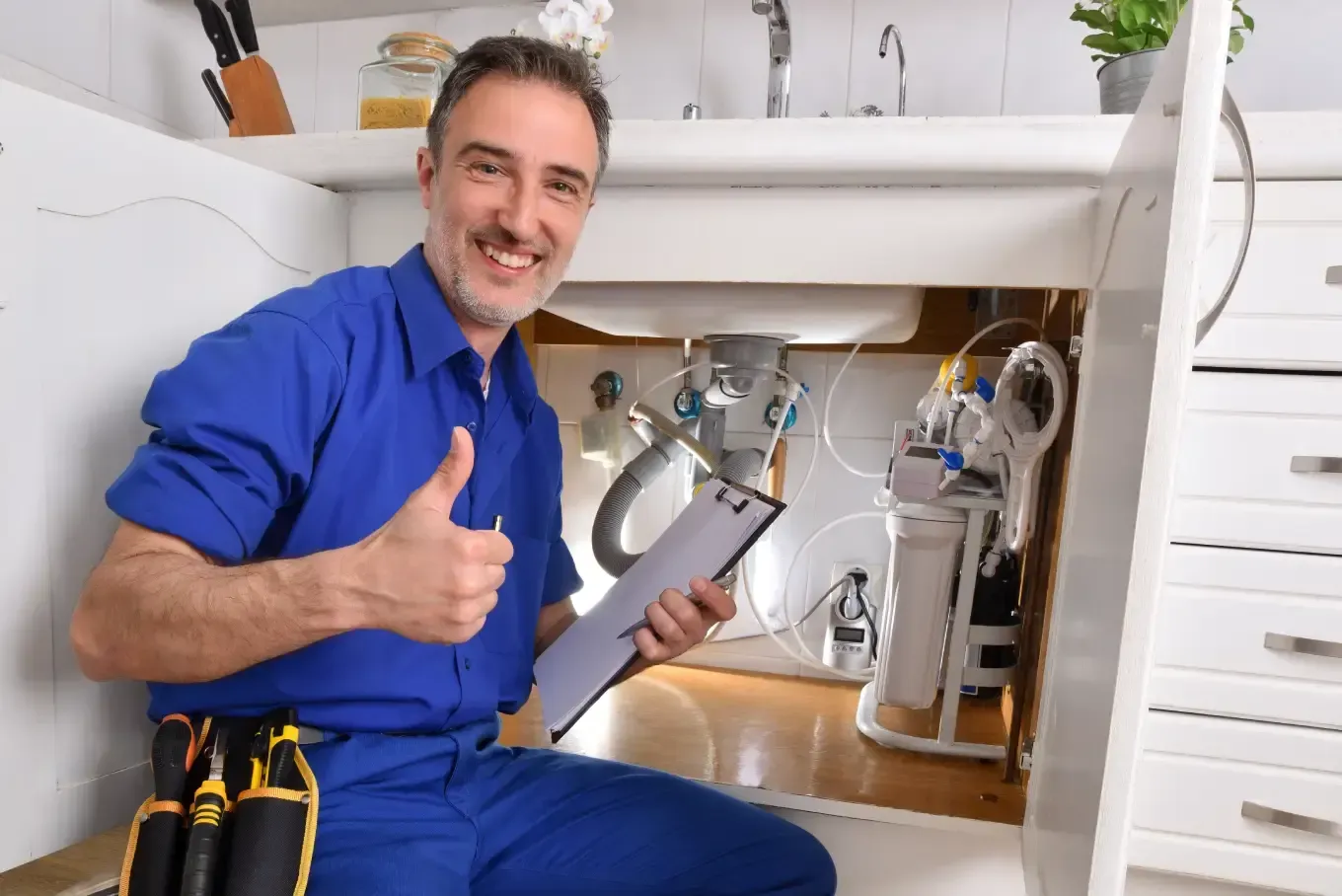

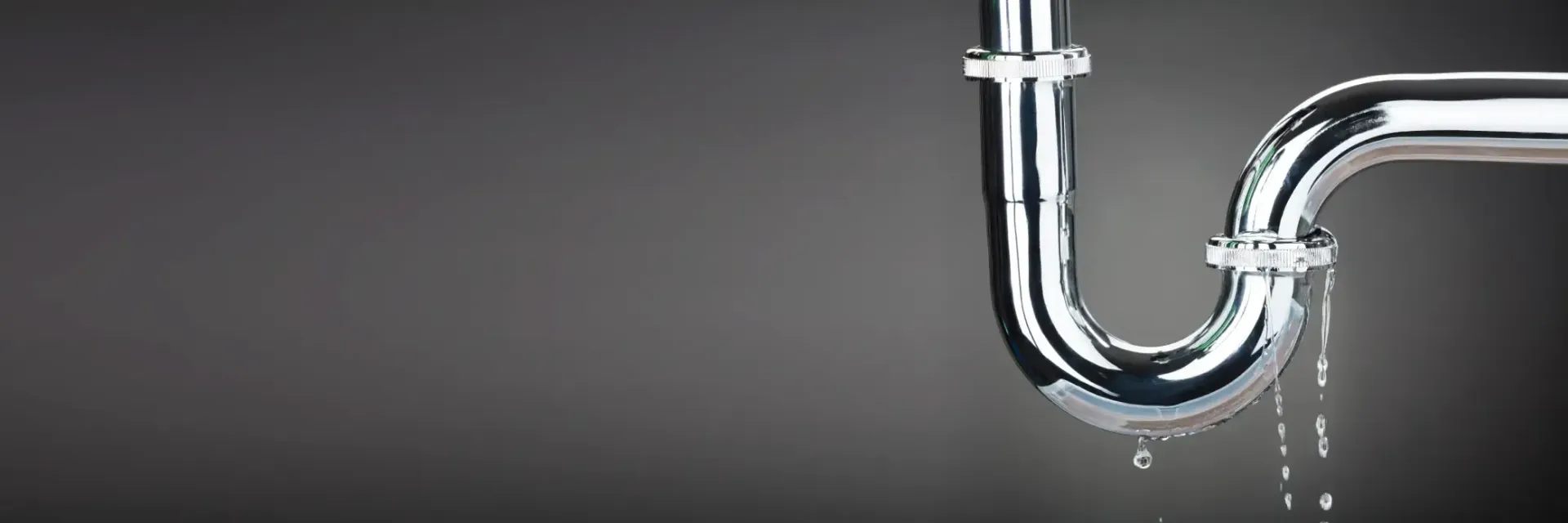

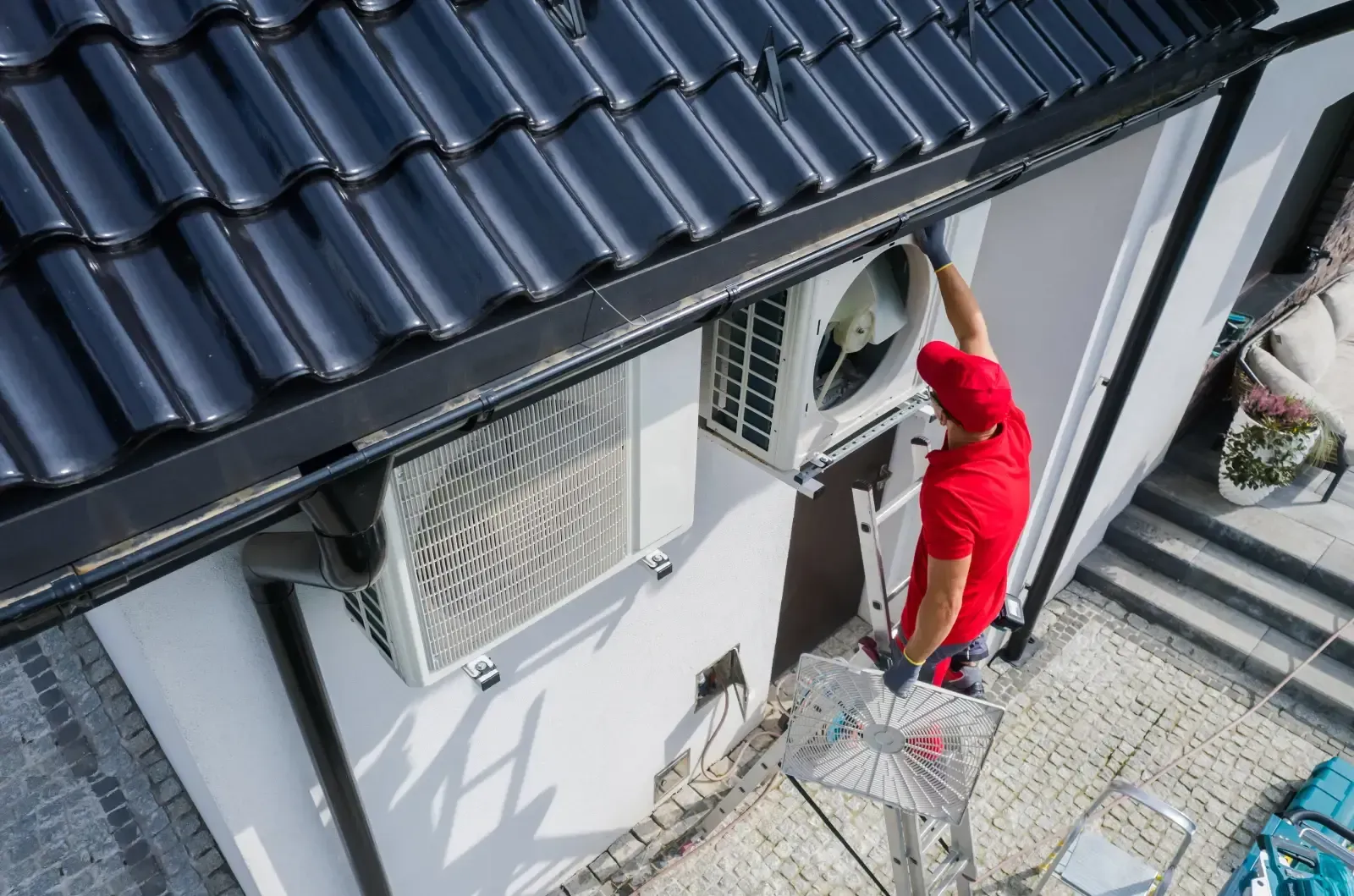
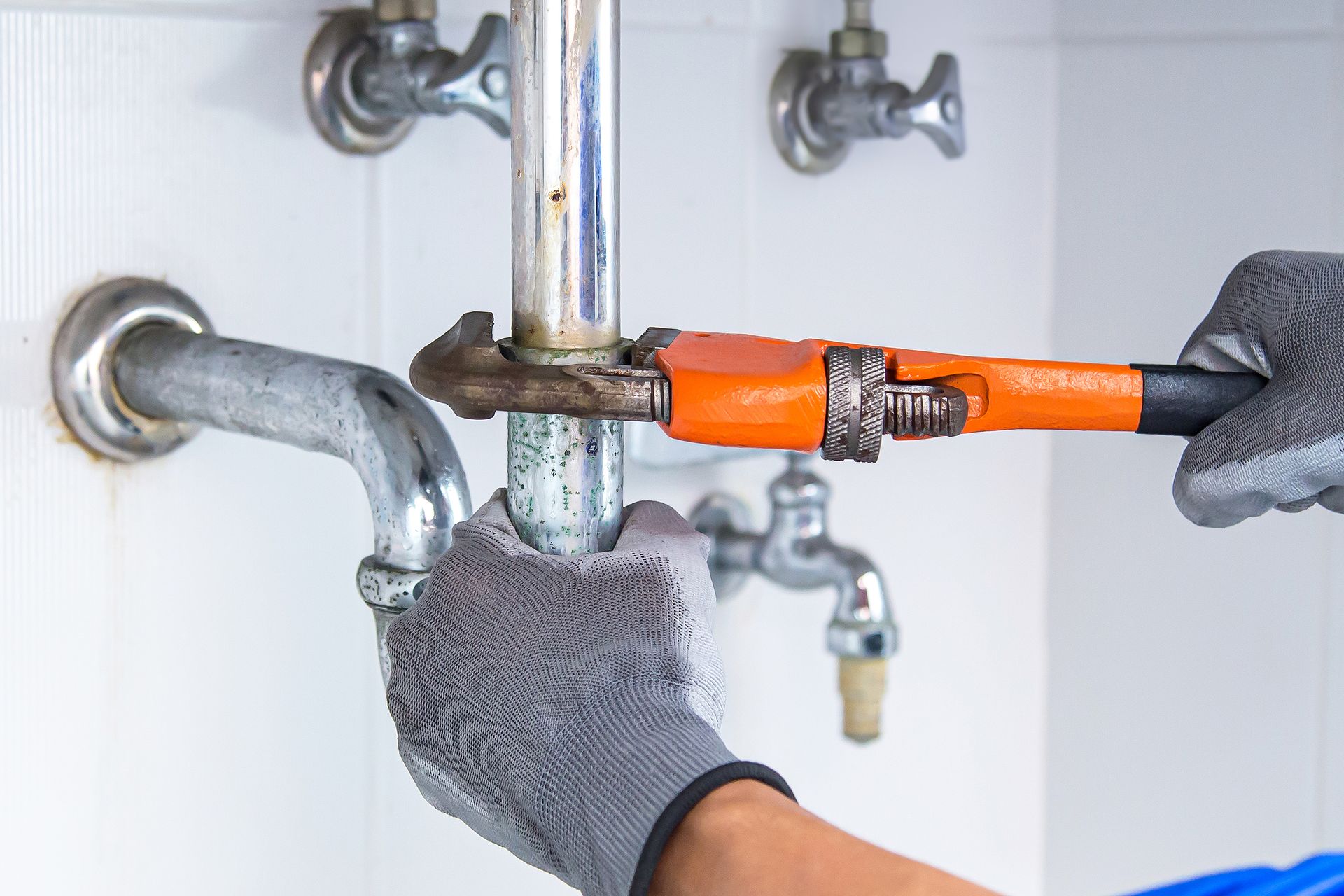
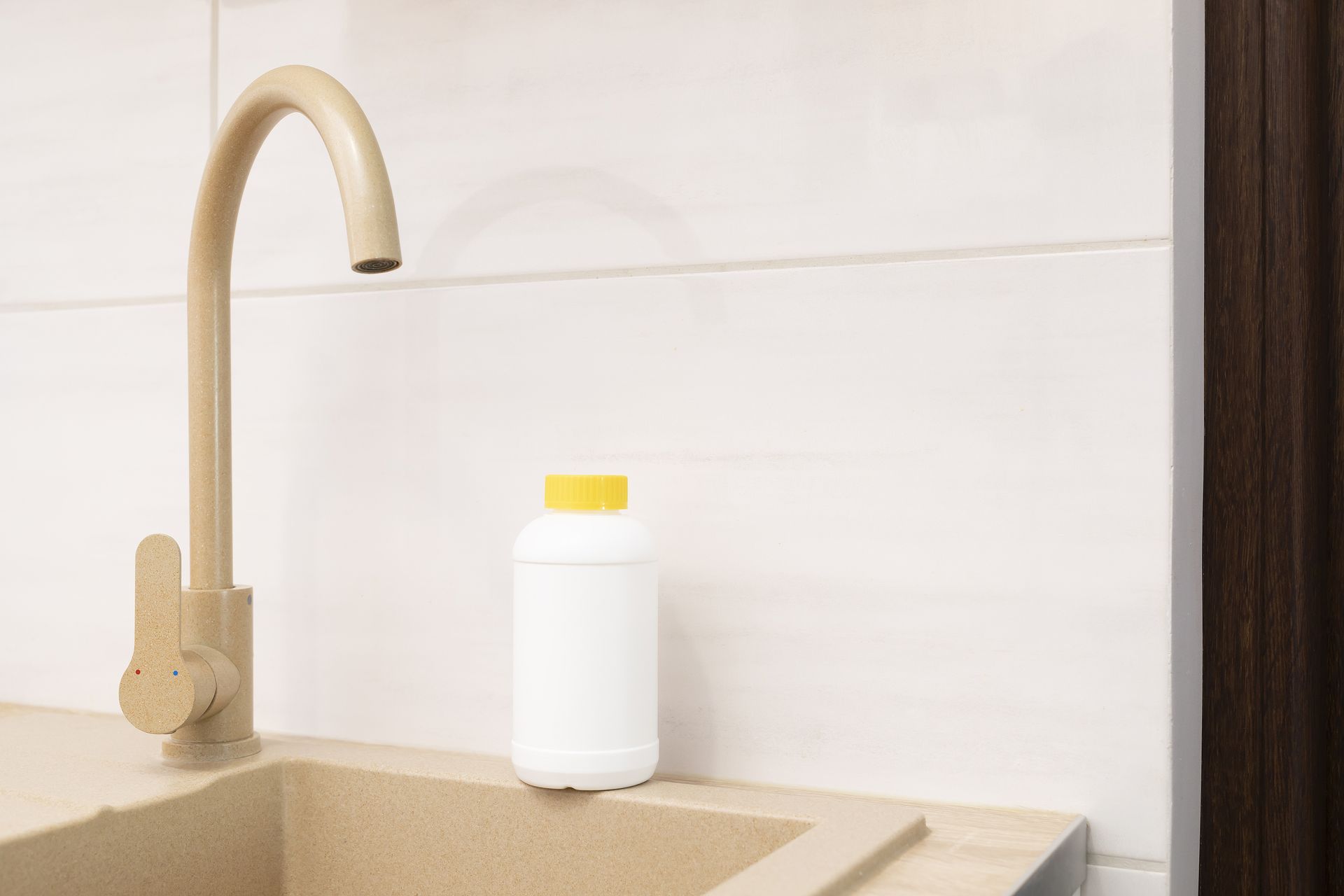
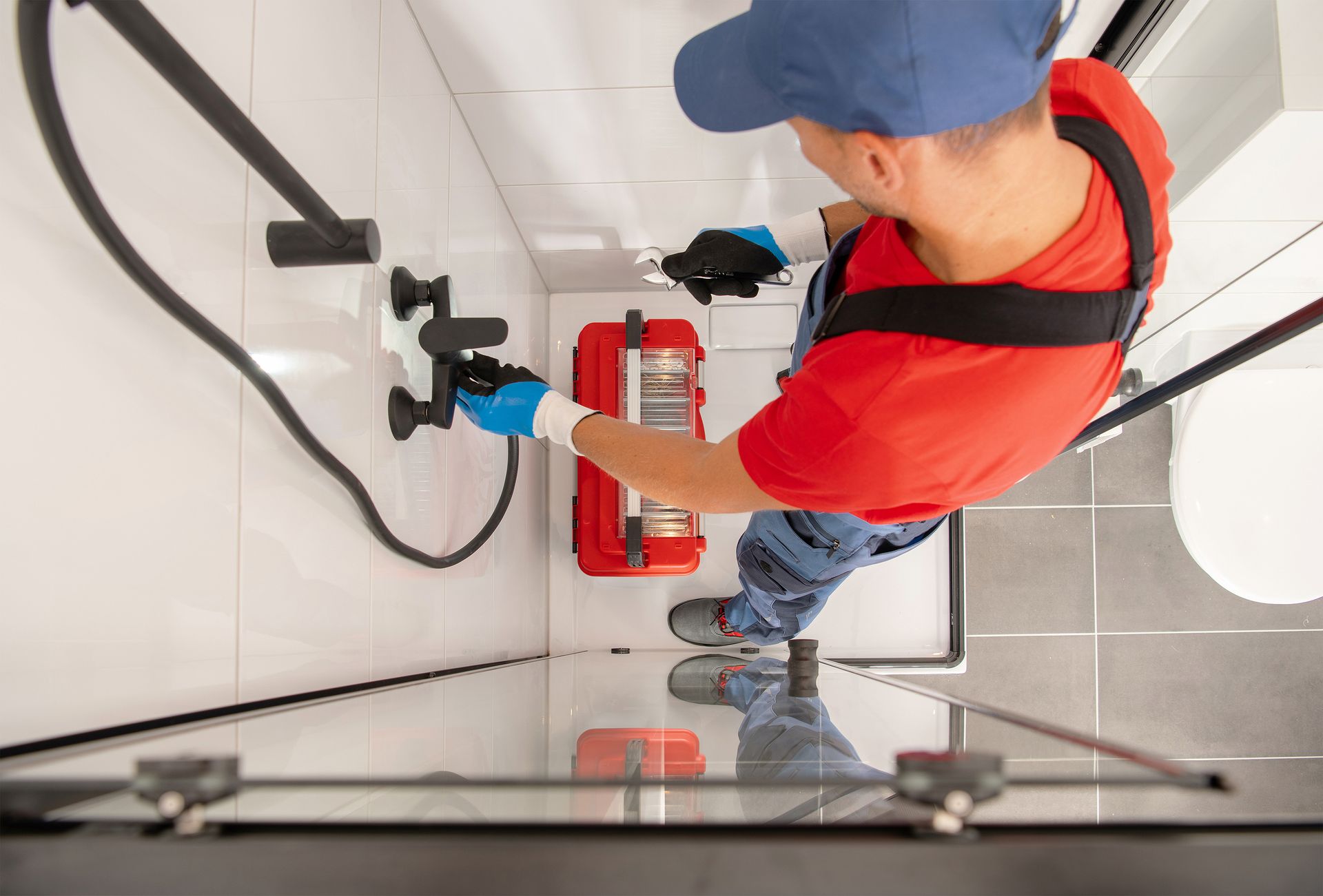
Share On: